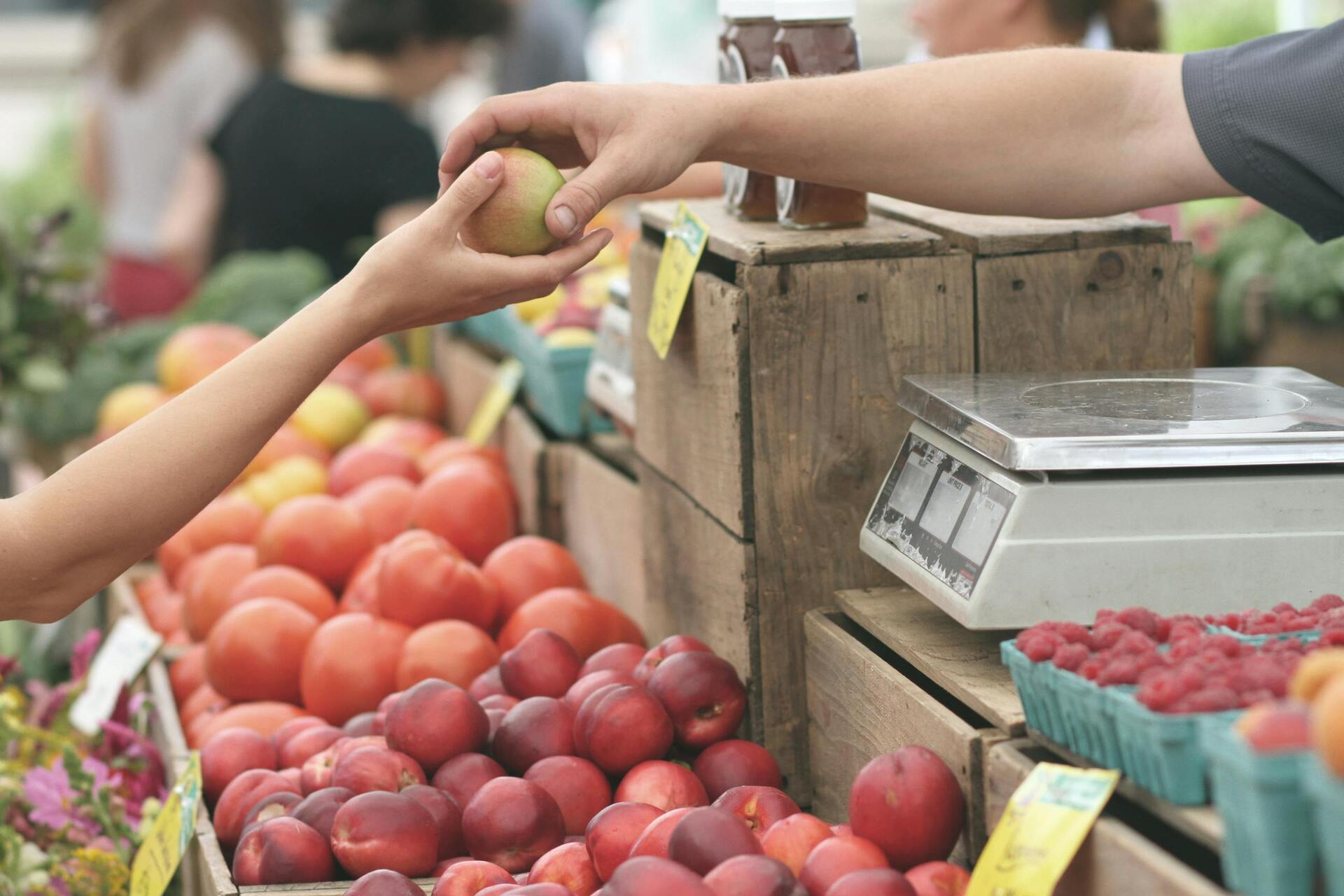
SNAP cuts disproportionately affect women. | Erik Scheel photo
What you probably already know: A three-decade-old federal nutrition education program has officially been eliminated. The Supplemental Nutrition Assistance Program (SNAP), run by the USDA, was forced to cut programs that helped people learn to shop, cook, and eat healthy foods after Congress passed President Trump’s budget over the summer. Funding officially runs out Sept. 30, which will result in thousands of job cuts at nonprofits and community organizations across the country that focus on health education. The Center on Budget and Policy Priorities says the proposed cuts disproportionally affect women, noting that “access to SNAP in childhood has been found to improve birth outcomes and boost women’s later earnings and economic well-being.”
Why? The decision came as part of a broader federal budget that prioritizes other spending and cuts several nutrition programs. SNAP supporters point to decades of research showing SNAP education programs improve food security and can change nutrition behaviors, evidence that they say makes the program worth preserving. Opponents argued that the work is redundant or should be shifted to states. Notably, in 2023 the Food and Nutrition Service (FNS) allocated $506 million to SNAP-Ed, underscoring the scale of investment that’s now at risk. “Students are impacted a lot. We did cooking demos, harvesting, and even built a garden for a local school,” said Madeline Emerson, a Seattle-based SNAP-Ed program specialist. “It’s all gone. People don’t realize the domino effect this will have. Programs like Medicaid and Medicare are connected to this work, too.”
What it means: Women are more likely to receive SNAP benefits because of higher poverty rates and their caregiving duties. In 2022, about 15 million women received SNAP benefits, about 63% of the program’s adult recipients. Nationally, the loss of SNAP-Ed funding forces states, university extension programs and community-based organizations to scale back or cease operations altogether. That means fewer cooking demonstrations in school cafeterias, fewer nutritionists at community clinics and reduced outreach at farmers markets where many low-income shoppers learn about healthy choices and incentive programs. Advocates warn the cuts will also ripple through local economies by reducing SNAP-driven spending and related jobs. The farmers markets and schools Emerson and her colleagues worked at now have gaps in community outreach efforts and nutrition education for students and their families.
What happens now? In the short term, local groups will hunt for private grants, reallocate limited funds or narrow services. Advocacy groups are calling for restoration at the federal level and urging states to prioritize nutrition education. How to help: Support local food-access nonprofits, ask city and state leaders how they plan to plug gaps, and donate or volunteer with community programs that serve SNAP users.

